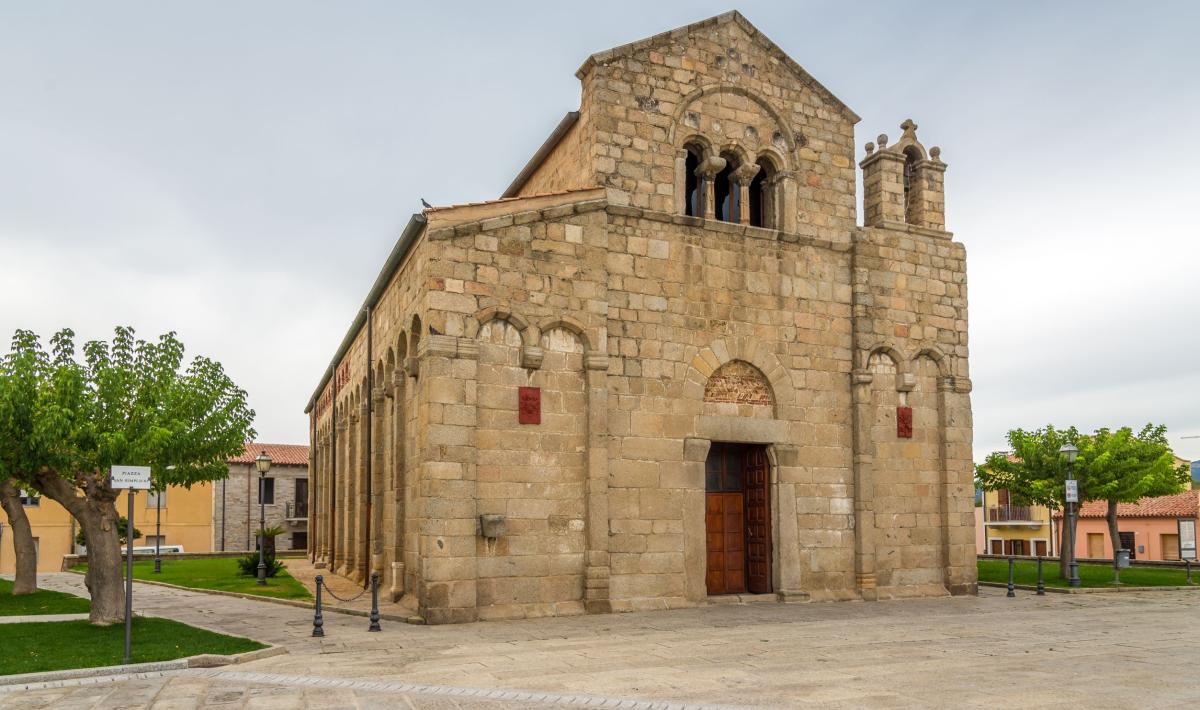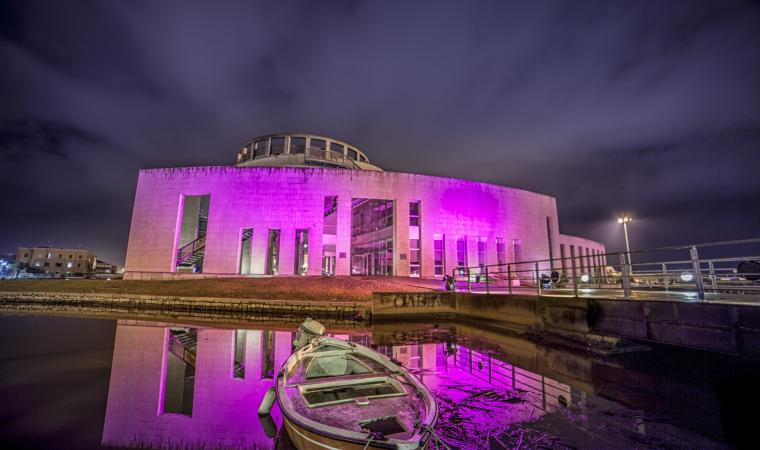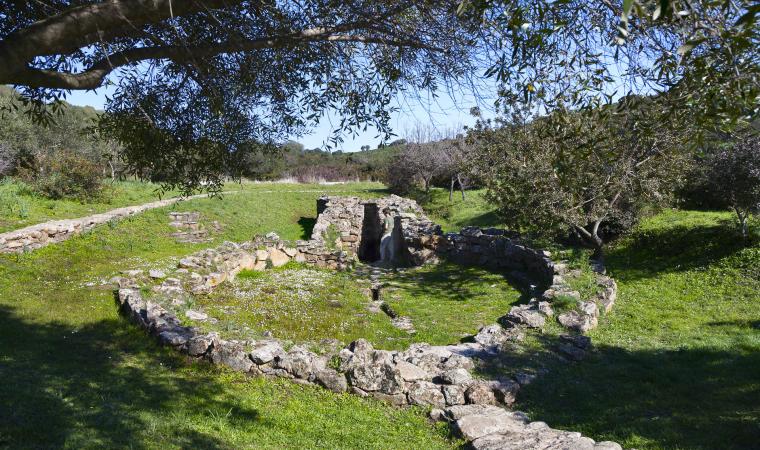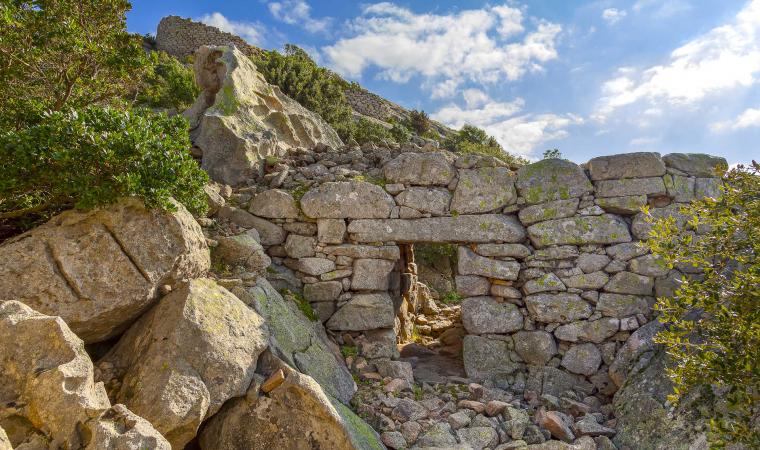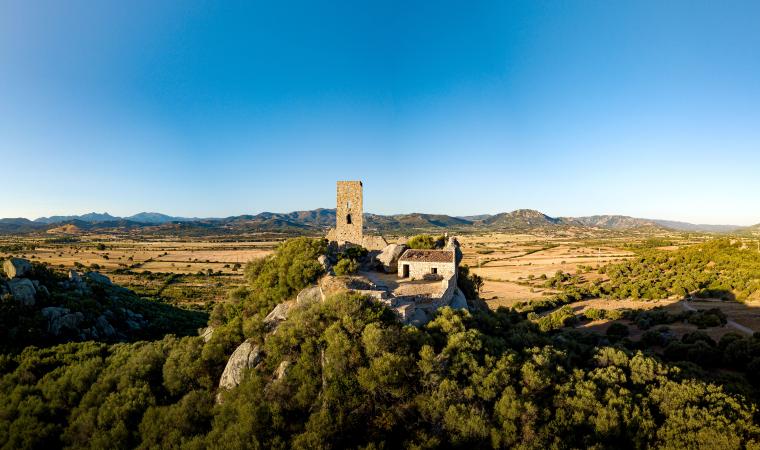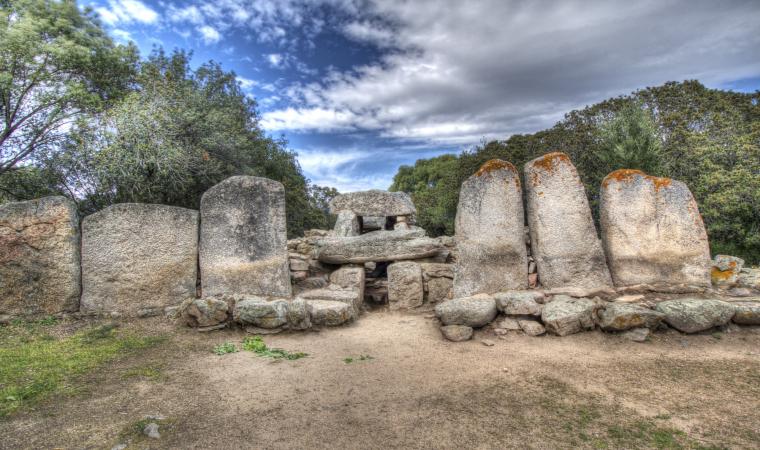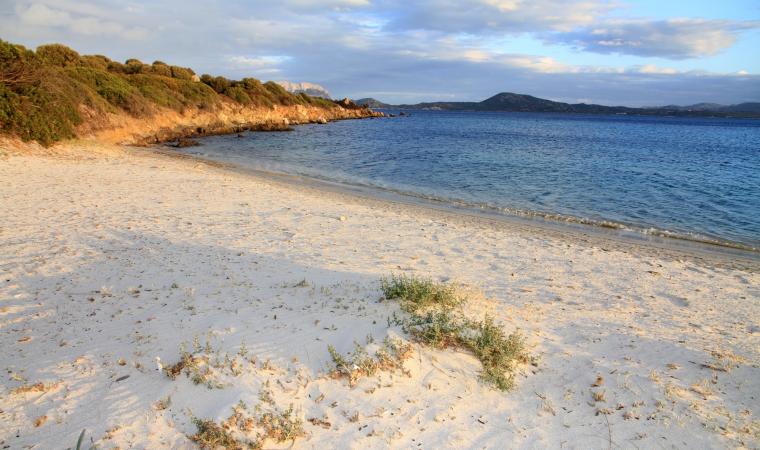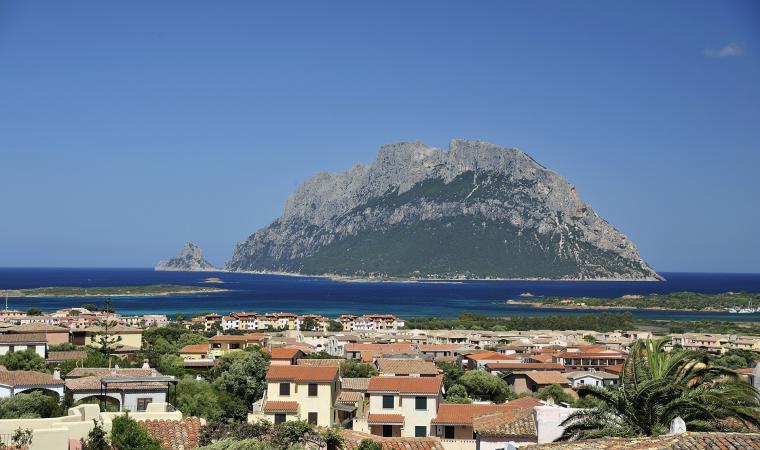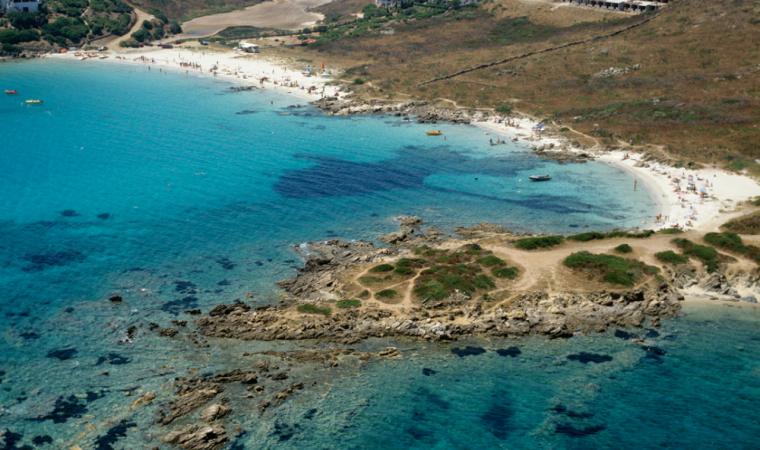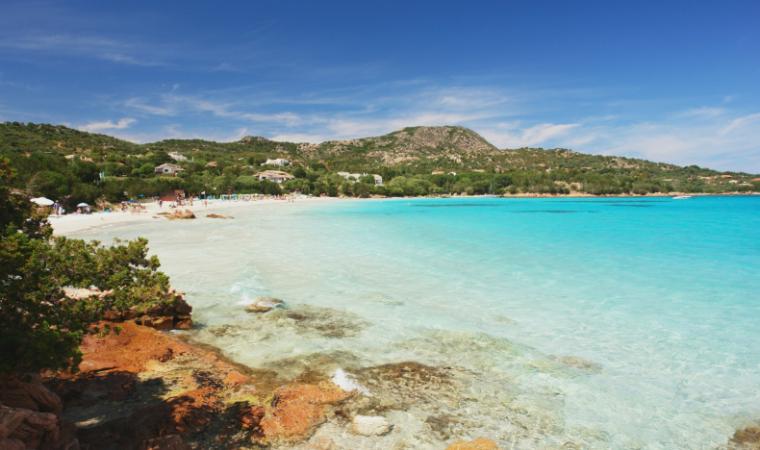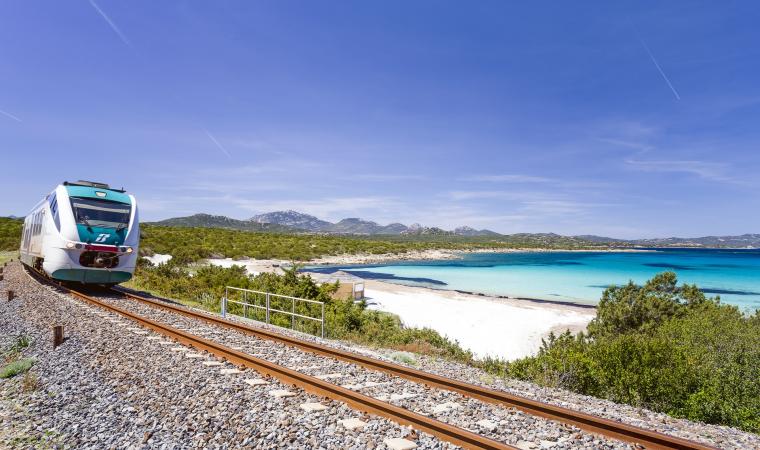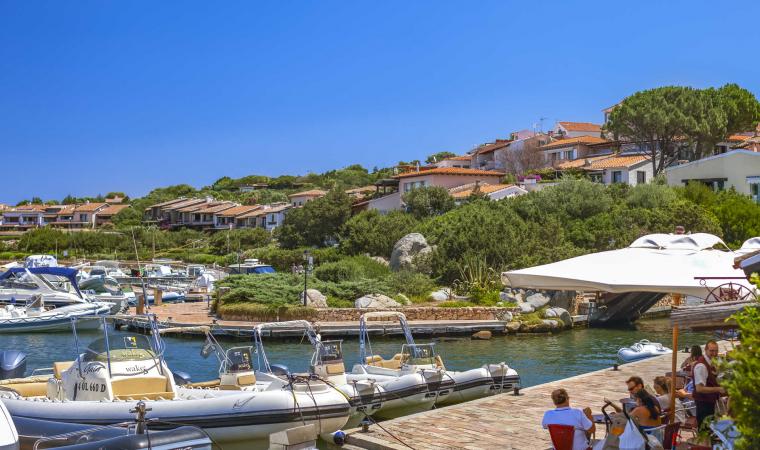In Gallura, examples of Romanesque architecture are rare, yet the best-preserved basilica in all of Sardinia is found in Olbia. San Simplicio, built at the behest of the judges of Gallura, between the end of the 11th and the beginning of the 12th century, is the most impressive building in the history of Romanesque architecture on the Island. First of all, in the second half of the 11th century, the apse, pillars, columns and part of the walls and naves were built; in a second phase (first decades of the 12th century), a roof was built and the naves and perimeter walls were completed; lastly, in the mid-12th century, the façade was erected and the roof was completed.
The church, dedicated to Bishop Simplicius, who died a martyr on 15 May 304 AD, during the persecution inflicted by Emperor Diocletian, stands on a hill that was once outside the city walls. St Simplicius became the patron saint of the town and is celebrated every year in mid-May with one of Sardinia’s most heartfelt traditional festivals. The celebrations include the procession that follows the simulacrum of the saint, accompanied by a parade of groups in Sardinian costume from all over the Island, and the evocative Palio della Stella, a joust that takes place in Via Re di Puglia.
The basilica has three naves, divided by arches on pillars and columns, based on a system of alternating supports. On the internal and external walls, there are typical bas-reliefs, including a small face and a snake, a belt representing the immortality of the soul in Christian symbolism, birds and leaves in the lava stone capitals and a Christ defeating pagan populations. The remains of the bodies of saints Simplicius, Rosula, Diocletian and Fiorenzio were found (in 1614) in a small crypt, positioned under the ark of the main altar. They still reside at the foot of the altar. From the Punic era up to the Middle Ages, there was a Roman necropolis, where the church and surrounding square stand today, which later became Christian and is the place where the martyrs of Olbia were buried. The whole area contains about 450 tombs. Numerous artefacts were also found inside them: ceramics, coins, jewellery and glass, on show at the Archaeological Museum of Olbia, where you can continue your cultural visit of the city.

